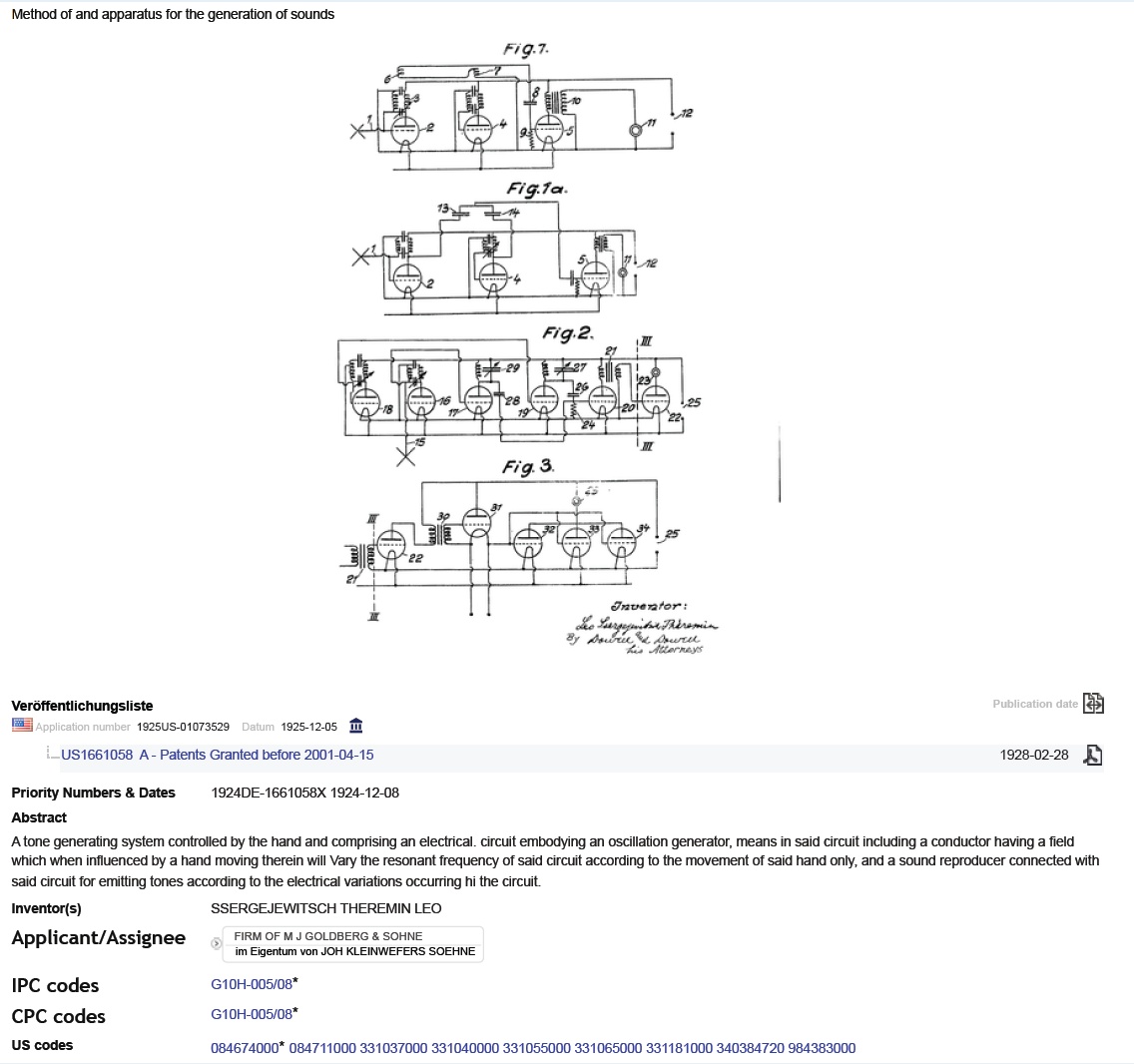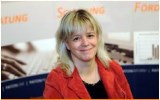Let yourself be fascinated, confused and amazed by amazing optical illusions and illusions! Much depends in the truest sense of the word "on the viewpoint of the observer". So how real is reality?
Deceptions also play a major role in the field of intellectual property - industrial property rights. Imitators often pretend to be the inventors and creators of commercially successful innovations. It is primarily with the help of industrial property rights that effective action against such imitators, against their plagiarisms and imitations, is at all possible and affordable.
You will find us at the joint booth in the Helmholtz Building | foyer and room 1520b.
Incredible optical illusions and deceptions that overwhelm our brains and senses.
Industrial property rights protect against imitation and deception through plagiarism and imitation.
Marvel at our hands-on station of the German Patent and Trademark Office.
But what are industrial property rights and how well do you actually know them?
A quiz will give you answers to these questions in a playful and easy way and will allow you to immerse yourself in the world of industrial property rights in an entertaining and entertaining way.
We are also pleased to have a "real" patent examiner from the German and Trademark Office at our booth, to whom you can ask your questions on the spot.


The indexing of the historical stock of design applications from the GDR era enables research for design interested people, lawyers as well as industrial and economic historians. The lecture will report on a DFG project in which the PATON Institute of the Technical University of Ilmenau, together with the University Library (UB) and the Department of Graphic Data Processing (FGD), has electronically recorded approx. 15,000 applications for designs. Based on 200 card index boxes from the collection of the German Patent and Trademark Office (DPMA) Berlin and the trademark and brand sheets from the PATON magazine, a searchable database was created. The applications filed in the GDR at the Office of Inventors (AfEP) from the years 1952-1990 are often linked to illustrations. This not only makes historical cultural assets accessible. In addition to the design register of the German Patent and Trademark Office (DPMA) of the Federal Republic of Germany, the collection can also be used for the examination of novelty and uniqueness in current design applications.
Short presentation (approx. 20 min) on this topic will take place in Helmholtzbau, room 1520b, at 7 pm.



In the 1920s, while working in the laboratory, Leon Theremin discovered that, thanks to a combination of two antenna circuits and their connection to an acoustic output, he could control the pitch of a melody with one hand and the volume with the other. This was the birth of the first analog synthesizer, which Theremin patented in various countries, such as the United States in 1928. The ethereal sound of the theremin was well received, inspiring classical compositions for theremin soloists and later the invention of the modern commercial synthesizer that revolutionized the music world, allowing classical composers to write and listen to their works entirely without an orchestra.
We will present a theremin and you can try out how sounds are created with this instrument.
Scientists from the TET department will explain the electro-technical background. The special feature of this instrument is that the movement of the musician changes the electromagnetic field in the near environment of the theremin. This change affects the sound-producing components and is thus made audible. This provides a fascinating opportunity to make the reality of the electromagnetic field tangible, so to speak, and to sense its formation. Using experimental setups, models, diagrams, and computational results, we will demonstrate how the theremin and its operation can be understood through engineering observation.
One way to assess the real significance of the theremin for subsequent inventions is to examine those intellectual property rights that relate to the invention of the theremin. We will also demonstrate this.

Electromagnetic fields and waves are also the basis of any radio transmission. The connection between electrical signals and electromagnetic waves is established by antennas. Their properties essentially determine the performance and range of a radio link. Various antenna shapes, which are widely used today for specific applications, have been developed, patented and produced.
As a practical example, we show at which locations in Ilmenau transmitted radio signals can be received and how worldwide communication in the shortwave range works. Today, highly effective digital transmission methods are used for this purpose in addition to Morse telegraphy and voice radio. Whether Morse telegraphy is a digital or analogue method also depends on the point of view of the observer. Don't be fooled and just try it out: Give characters with a Morse key. These are decoded by a receiver and shown with a display.

Dipl.-Ing. Bettina Töpfer |